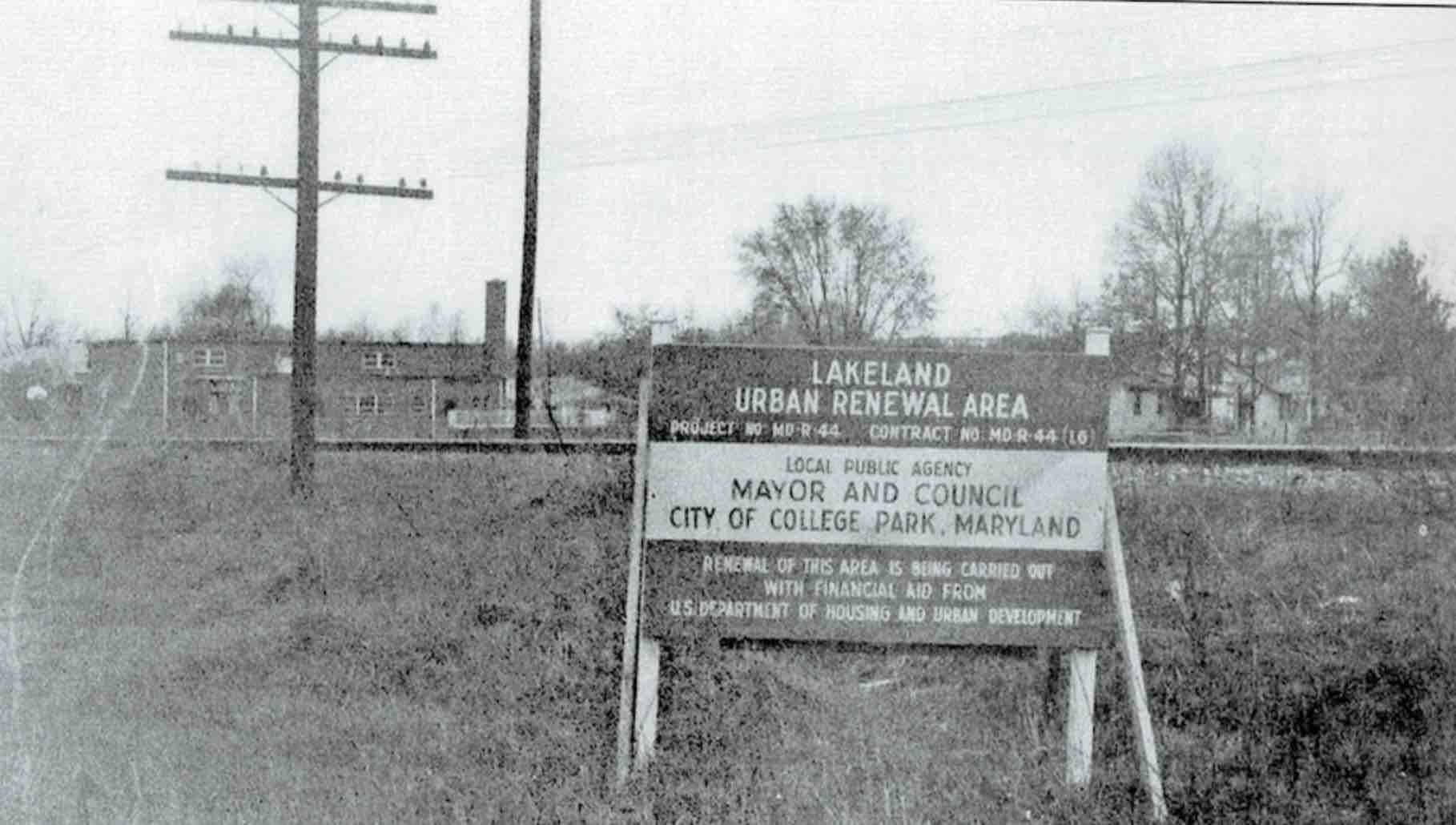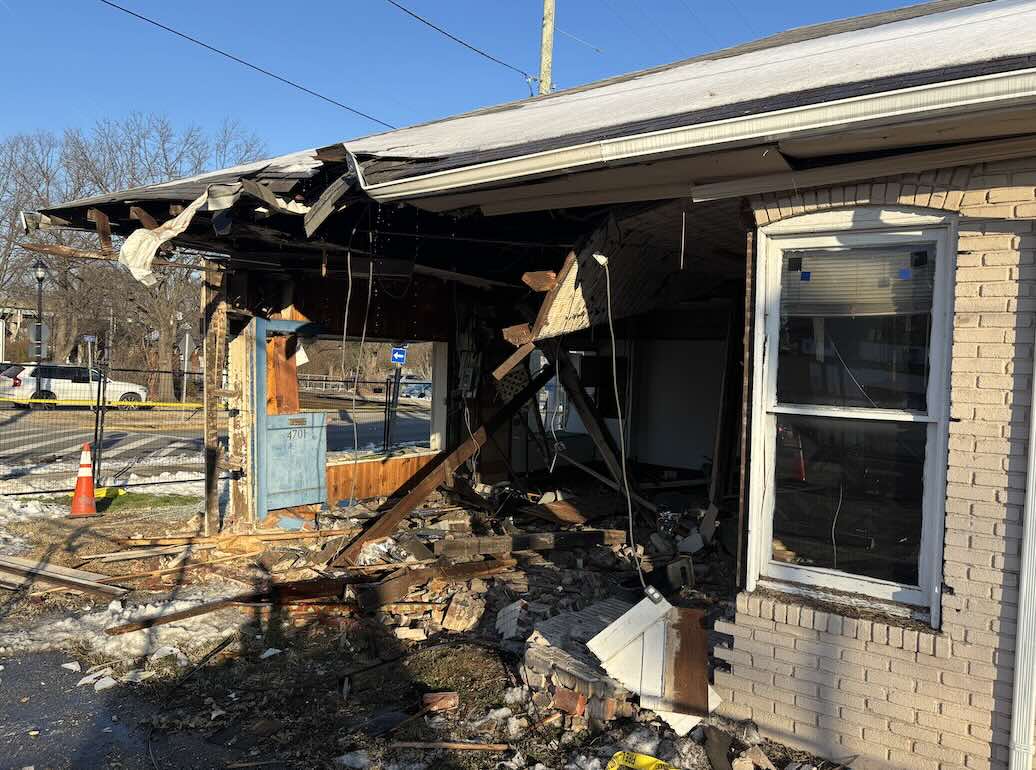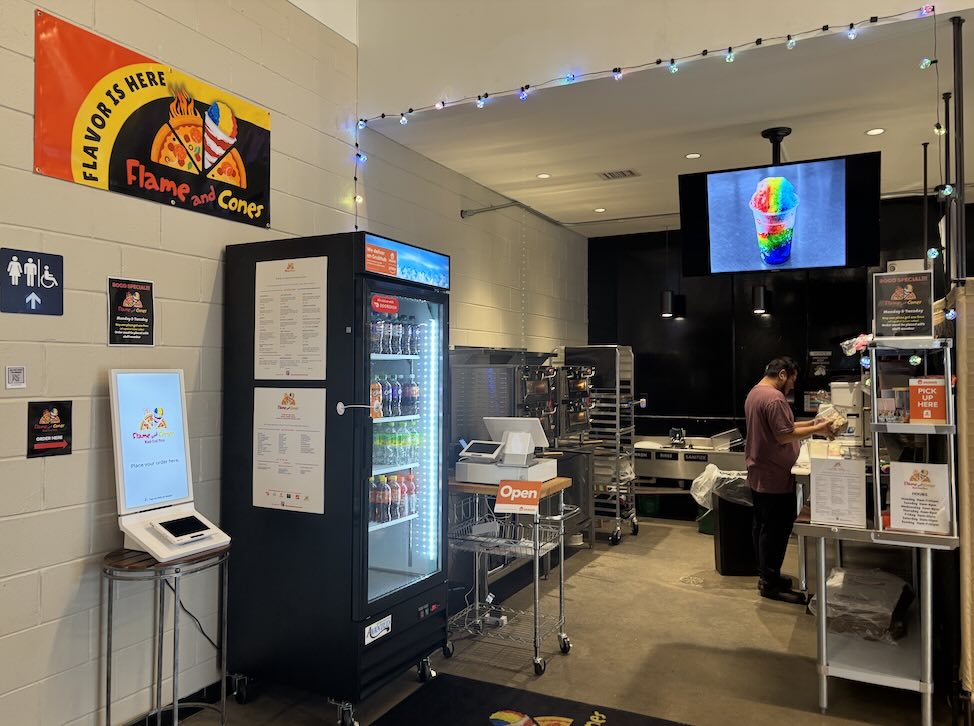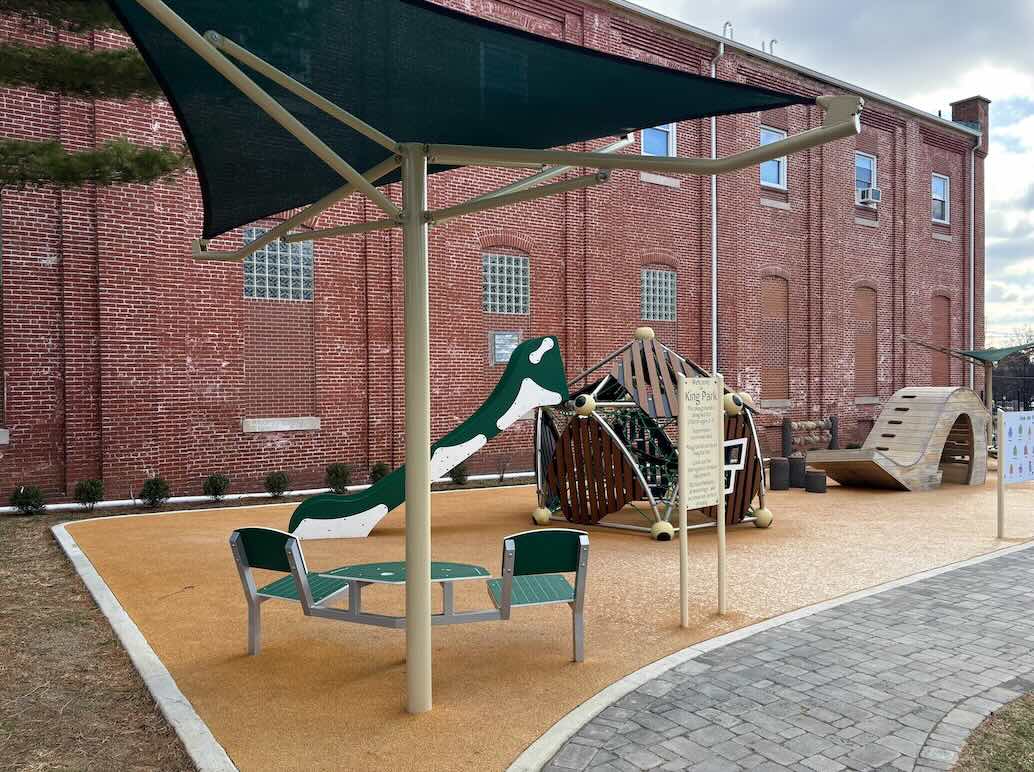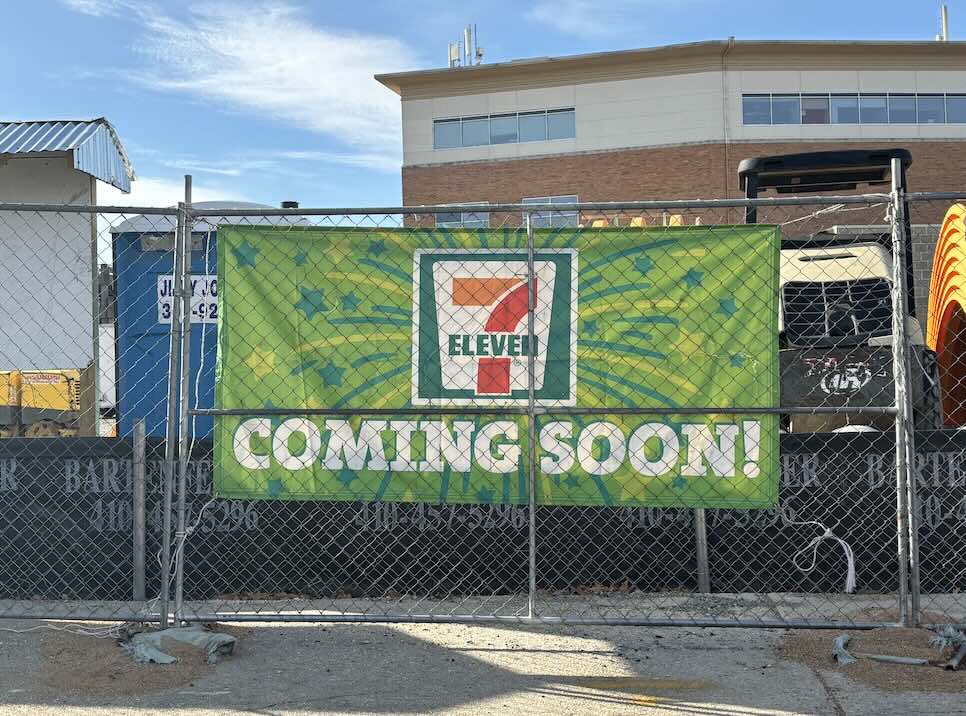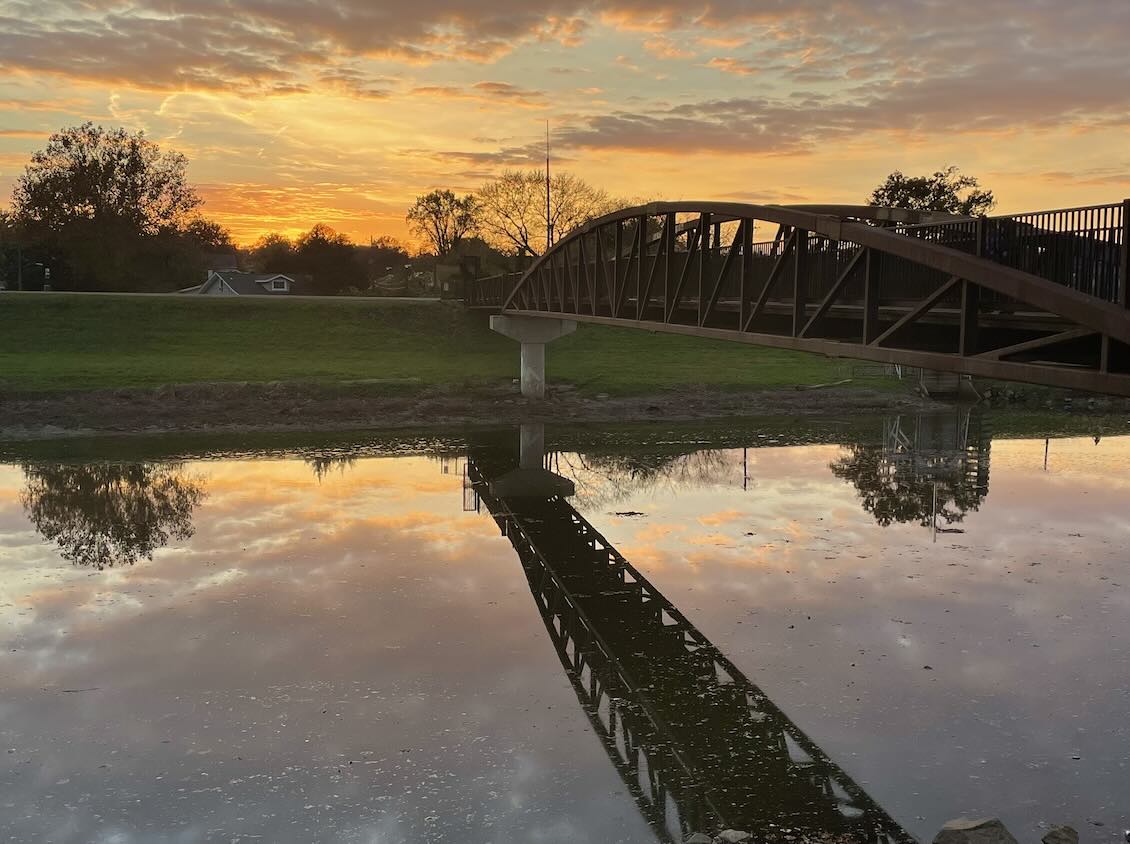Greenbelt made national news recently for a huge discovery right on the NASA Goddard Flight Center grounds.
The space age met the dinosaur age when Ray Stanford, a local dinosaur track expert who was driving out of the center’s parking lot after dropping his wife off at work, noticed what looked to be a nodosaur’s track in a rock sticking out of the grass.
Along with professional paleontologists, Stanford helped excavate what turned out to be an 8.5-foot-long slab of sandstone with more than 70 prints laid down in the Mesozoic era some 110 million years ago, according to an article published last week in the journal Scientific Reports. This discovery is so important because few mammal tracks from the Mesozoic era have survived.
Because the prints were laid down over the course of a few hours or possibly a few days, they reveal rare insights into how long-extinct animals as diverse as a pterosaur, a crocodilian reptile and even a small mammal interacted.
It was a fortuitous find, as NASA was planning to start construction on the very spot the slab was found.
Route 1 has long been a paleontologists’ playground, with clay-rich soil that has preserved so many fossils the area is called “Dinosaur Alley.” The area even has its own dinosaur, discovered by African-American miners in Laurel.










